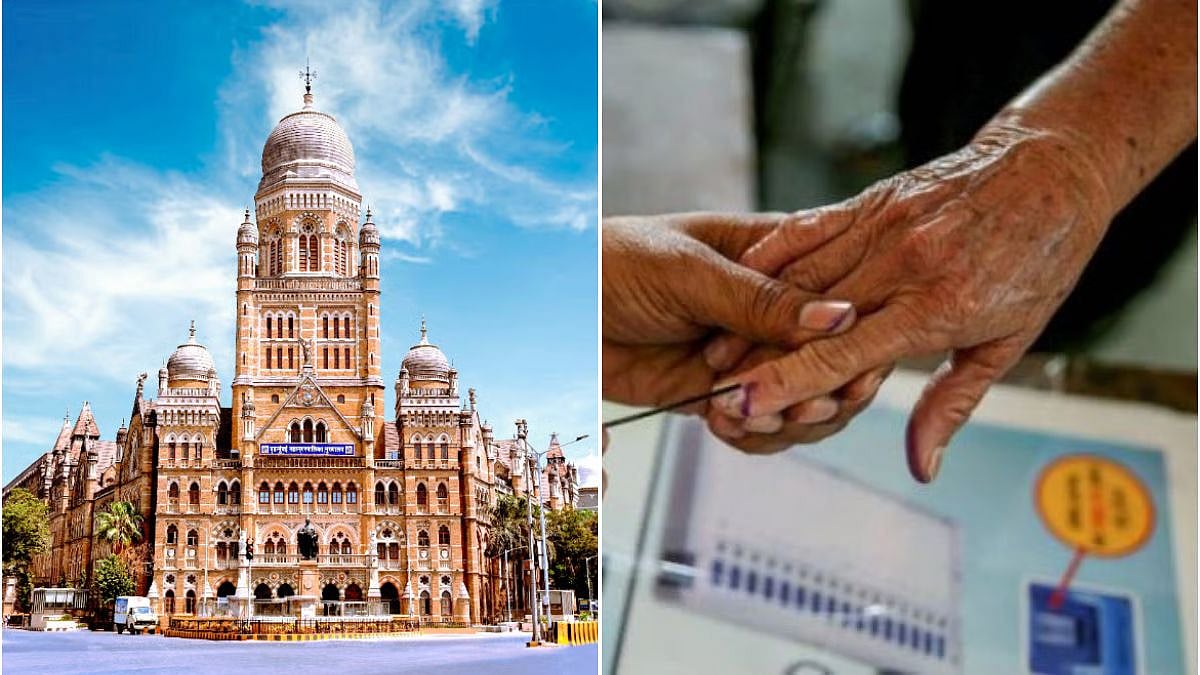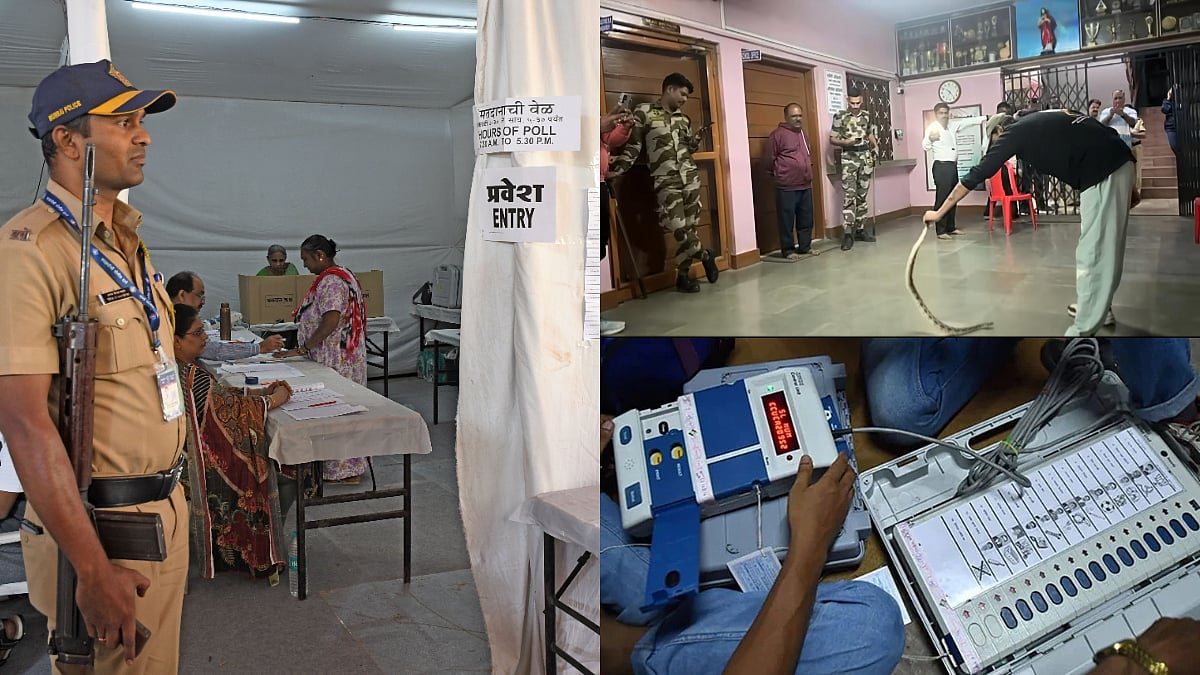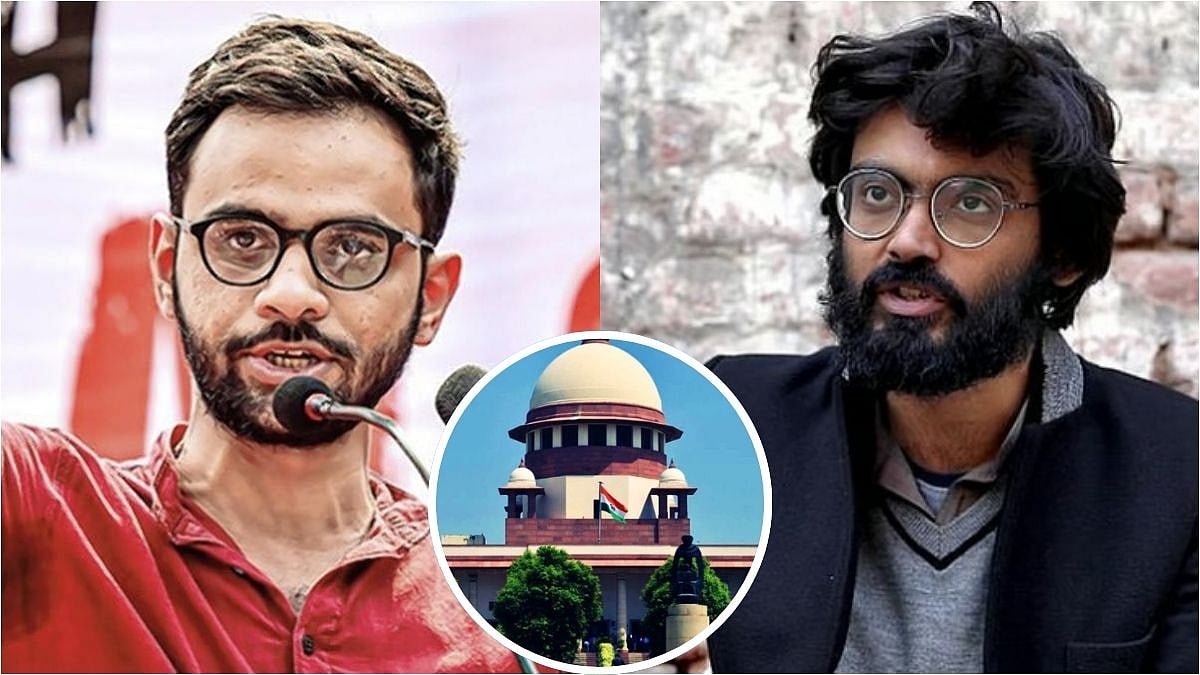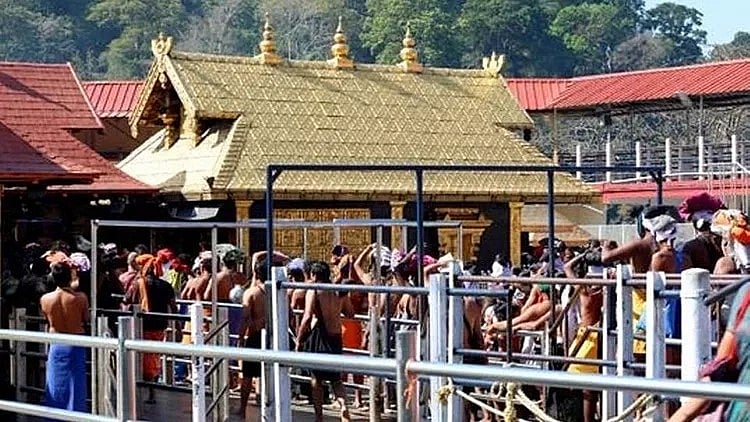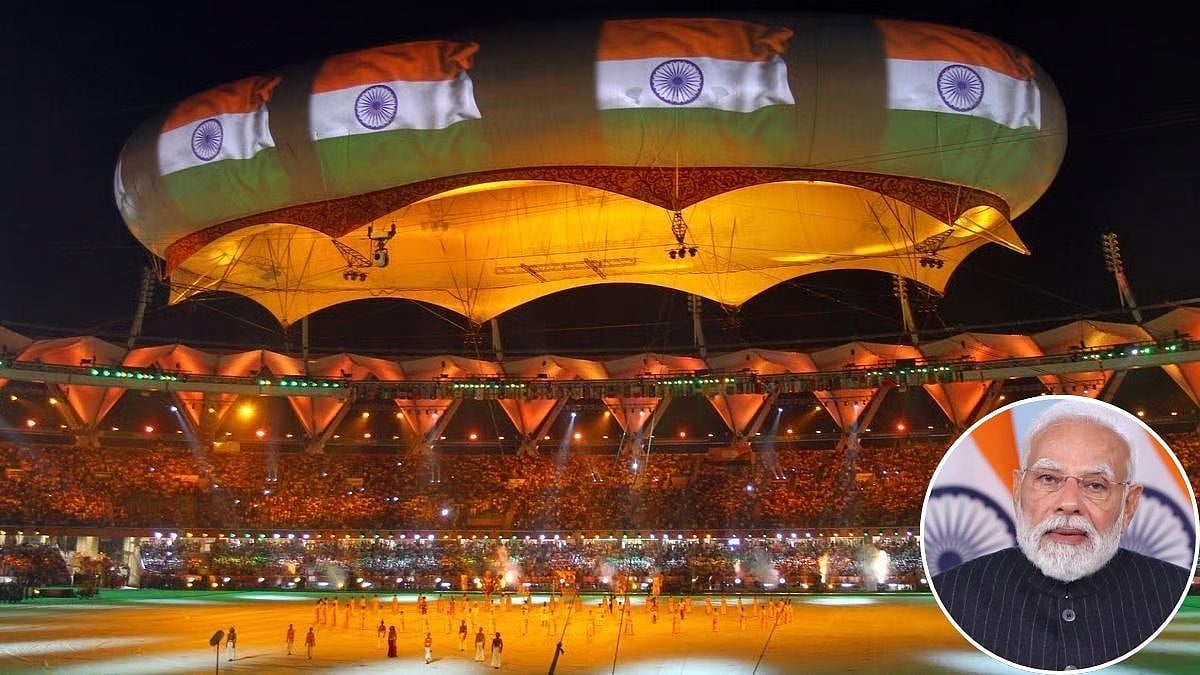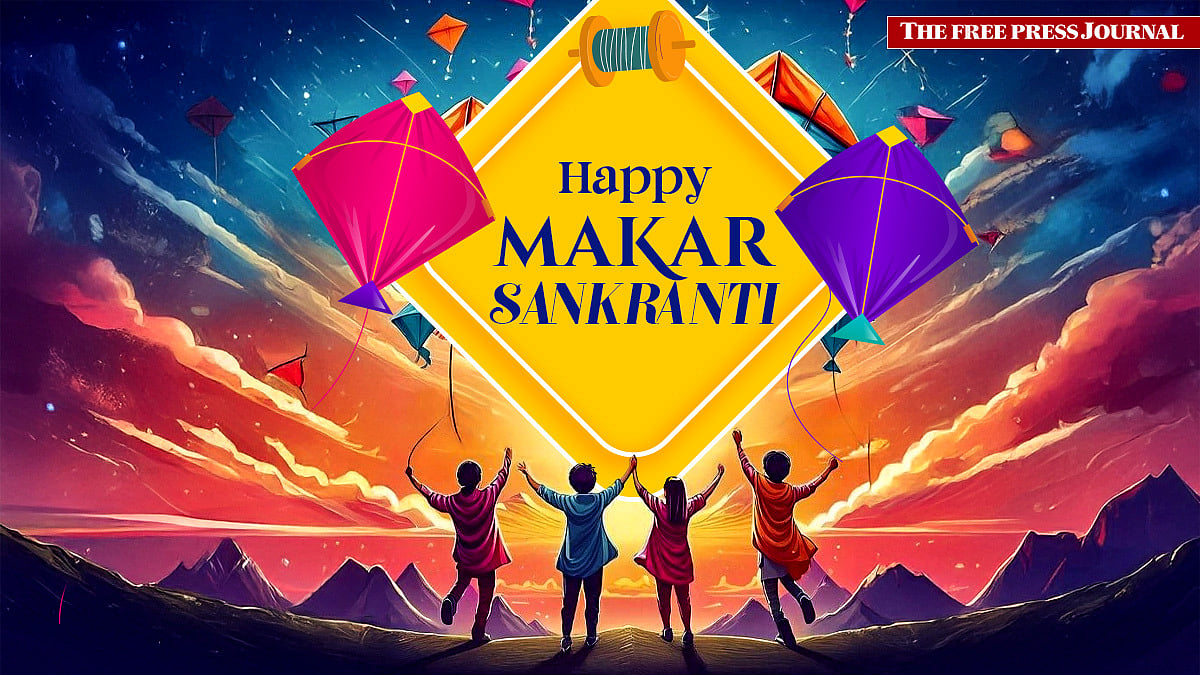The government had announced a cut in the small savings rate on March 31, only to withdrew it in a few hours. The interest rate on the five-year National Savings Certificate (NSC) was cut from 7.9 per cent to 6.8 per cent. The interest rates on Kisan Vikas Patra, Senior Citizens Savings Scheme and Provident Fund were reduced and restored in tandem.
There is no serious reason for the depositors to cry foul, however. The interest rates need to change in parallel with the rate of inflation. For example, the interest rate on the NSC in 2020-21 was 7.9 per cent while the rate of inflation was 4.9 per cent. The ‘real’ interest rate obtained by the depositor was only 3.0 per cent. The real interest rate is less because value of the principal amount reduces in the same measure as the rate of inflation.
Let us say you deposited Rs 100 in a fixed deposit with a bank last year with an interest rate of 4.9 per cent. You would have got one kilo of high-quality basmati rice last year. Now, you got Rs 104.90 from the bank this year with an interest Rs 4.90 added to it. However, the price of basmati rice has increased to Rs 104.90 per kilo in the meantime. Therefore, you would get the same 1,000 grams of rice from Rs 104.90 this year. The ‘real’ gain to the depositor is the difference between the interest rate and inflation.
The rate of inflation has reduced from 4.9 per cent to 3.7 per cent at present. The rate of interest on the NSC, however, remains unchanged. The depositor will get Rs 107.9 on a deposit of Rs 100 in a NSC made last year. Thus, the real interest rate obtained by him would be 4.2 per cent (7.9 interest rate minus 3.7 inflation rate).
Real interest rate
The real interest rate was 3.0 percent last year (7.9 interest rate minus 4.9 inflation rate). This has increased to 4.2 percent this year because the rate of interest has remained unchanged while the inflation has reduced. The reduction of interest rate on NSCs from 7.9 percent to 6.8 per cent done by the Government, had it been implemented, would have led to the depositor still getting a real interest rate of 3.1 percent (6.8 interest rate minus 3.7 inflation rate)—which would be nearly the same as the 3.0 per cent real interest rate obtained by them last year.
The second justification for the reduction of interest rates is that the money deposited in these savings schemes is actually a loan taken by the government. About 95 per cent of this money is used for government consumption expenditures and only five per cent is used for public investment. The banks, in contrast, lend more for investment. I reckon about 50 per cent of the money deposited with the banks goes to loans given for investments such as in buying taxis or putting up factories.
The problem is that the interest obtained by the depositor from NSC is 7.9 per cent while a five-year fixed deposit with the State Bank of India would get him only 5.4 per cent. Therefore, the depositors are reluctant to deposit with banks. Correspondingly, the ability of the banks to give banks for investment is less, just as the ability of parents to invest in an online course for the child is less if their income is less. It was necessary to reduce the interest rates on NSCs so that it became attractive for depositors to deposit with the banks.
The third justification for reduction in the interest rate is that the government is able to borrow as much money at it wants through the sale of government securities at an interest rate of 6.2 per cent. In comparison, the government has to pay interest of 7.9 per cent on NSCs. Thus, the government has to bear an additional burden of 1.7 per cent on the monies borrowed from the NSC.
More taxes
Let us say the government pays an additional Rs 1 crore as interest on NSCs. The government has to collect taxes from the people from some other method to make this Rs 1 crore payment. Therefore, the high interest rates on NSCs only mean that the government will collect taxes from the people and provide additional benefits to the depositors of NSC. This would be like the head of the industrial establishment cutting the salaries of the workers and increasing the salaries of the supervisors.
The reduction of rate of interest on small savings such as the NSC was justified for the abovementioned three reasons, namely, lower inflation, encouraging deposits in banks and the burden on the government. The withdrawal of the reduction was not justified. I am confident that the government will be compelled to again make this reduction soon.
It is more important to note that our economic growth rate has been declining in the last six years. The Covid pandemic has made the situation worse. The second wave of Covid presents a further danger. A shopkeeper told me recently that his sales were still down 25 per cent, from the pre-Covid levels. Accordingly, his profits were less, the goods purchased by him from the market for his consumption were less and the total demand for goods in the market too was less.
Direct benefit transfer
Businesspersons do not find it profitable to borrow for investment in these conditions. They would obtain loans from the bank and put up a new factory if there was demand in the market. But they will not do so when there is low demand. I think they would not borrow even at zero interest rate, as is the case in countries like Japan, where there is no borrowing from the banks and growth is lagging despite zero interest rates.
The government has focused on making it easier for the business class to borrow, in order to rev up the economy. However, that is not happening because of absence of demand. So, it is time the government shifted gears. Instead of focusing on lowering interest rates alone, the government must, in parallel, make cash transfers to the common man as has been done in the United States and other countries, to put purchasing power in the hands of the people, create demand in the market and jumpstart the economy.
The writer is a former professor, Economics, at IIM Bengaluru.


